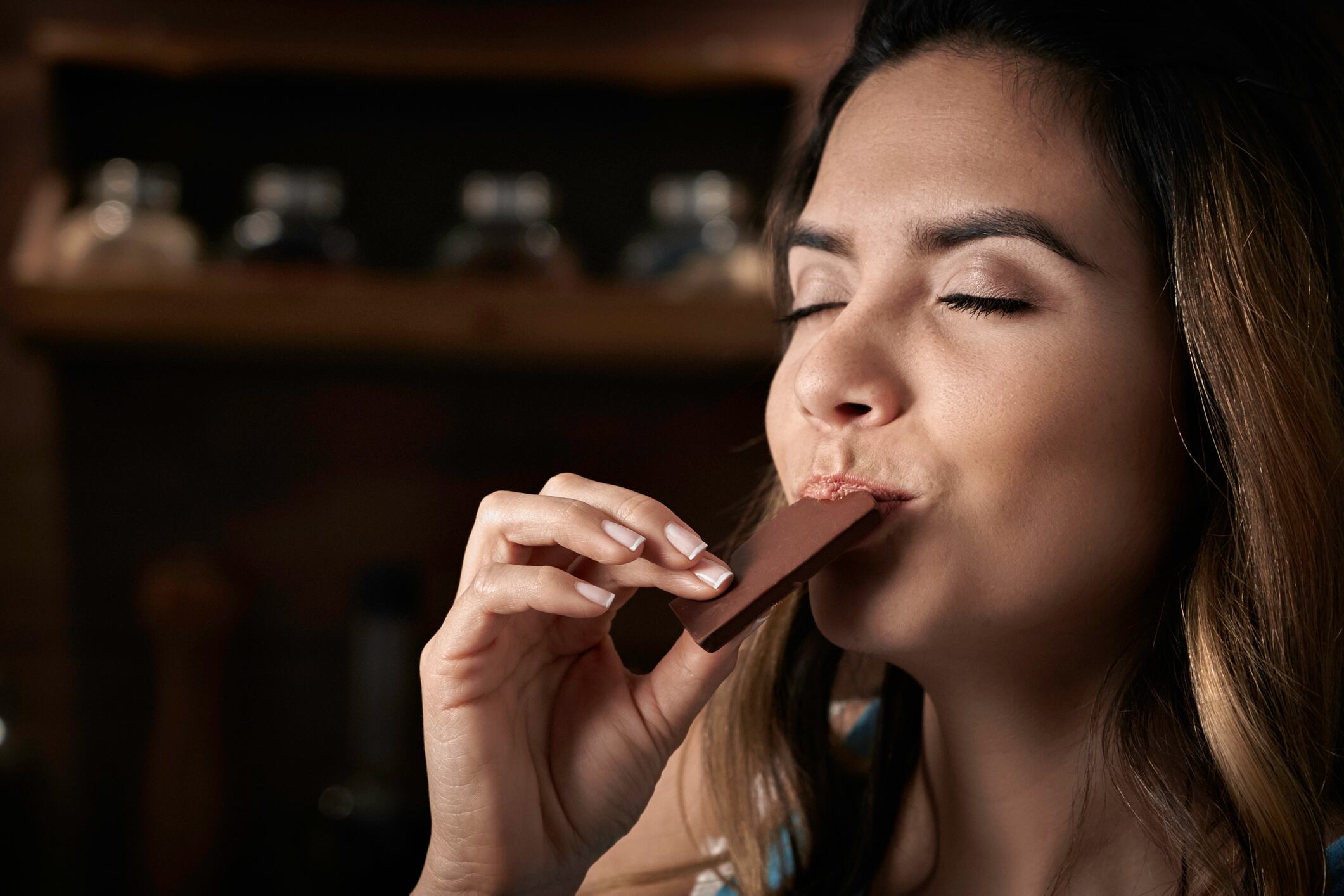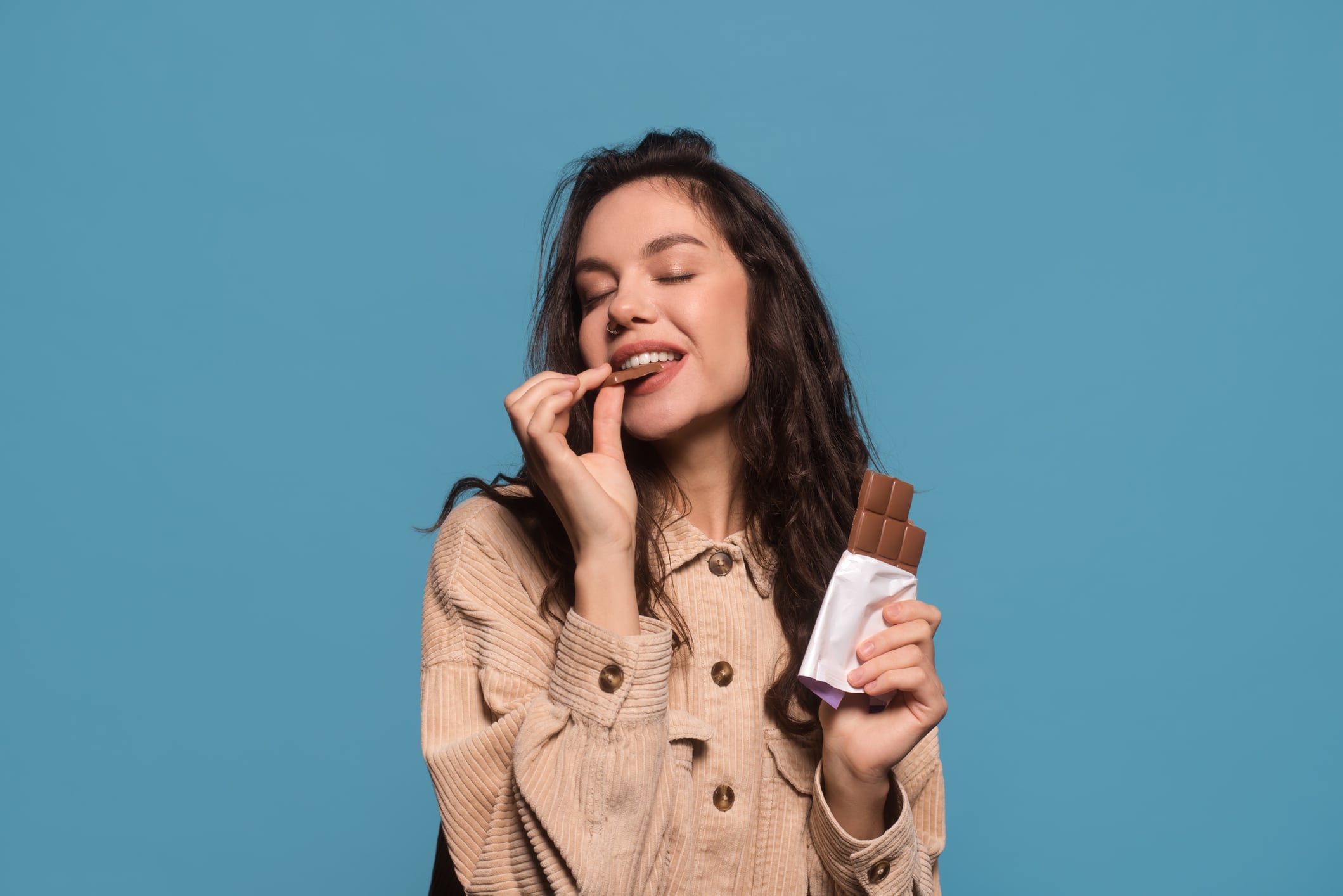The appetite for chocolate is increasing and Mondelēz International is not apologising for the fact. Or at least, that’s what the results of the confectionery giant’s latest State of Snacking report shows.
Nearly three quarters (73%) of consumer asked, said they couldn’t imagine a world without chocolate, that’s up 6% on the previous year and even higher in the UK and US at 80% and 79% respectively, says the report, conducted with US market research and analytics company, Harris Poll.
Consumers love it so much, they deem it not just a treat or an occasional indulgence, but an “essential snack” vital to meeting their indulgence needs.
Within indulgence, the type, flavour and format of a snack is important when consumers consider what to buy.
What is the most popular snack in the world?
Chocolate bars, however, top the charts as the most indulgent snack, with 82% of consumers agreeing that the decadent treat hits their indulgence spot. Of those asked, 42% of consumers considered chocolate bars very indulgent, while 40% labelled them somewhat indulgent.
Milk chocolate came in second place, with 80% of consumers recognising its indulgent content. Dark chocolate came further down the list, with 72% of consumers celebrating the chocolate type’s indulgent credentials. Caramel popcorn is the only non-chocolate confectionery format on the snacking scoreboard, with almost two thirds (65%) of shoppers relating its taste and texture with indulgence.
Globally, more than three quarters (76%) of consumers are looking for intentional opportunities to indulge, with consumers not caring about ingredients – or nutritional values – and wanting only on enjoyment.

Disconnecting from ingredients when munching on a chocolate bar was a top priority for over 80% of US, Canadian and UK consumers. So much so, 73% of those asked, said they’d rather have a smaller portion of an indulgent (full fat and sugar) snack than a bigger portion of a ‘healthier’ version.
This was particularly apparent in Indonesia and India, with 86% and 80% of consumers respectively holding this view.
Consumers also associate indulgence with fun. According to the report, almost nine in 10 (87%) agree “life is more fun with a bit of indulgence”, indicating a strong call for permissible indulgence as part of consumer diets.
Why childhood and nostalgia snacks are on the up
In addition, many consumers believe that snacks should retain their links with enjoyment or satisfaction. Eight in 10 consumers said “some snacks should just be for enjoyment or satisfaction”. This sentiment was particularly high with Canadian and Filipino consumers, with 89% and 86% agreement respectively.
Confectionery brands big on sharing snacking experiences:
- Cadbury’s Dairy Milk sharing packs and hampers
- KitKat’s “Have a Break” slogan and sharing bars
- M&M’s large sharing bags
- Reese’s Pieces, which are often sold in large sharing containers
Connection through snacking is on the rise among consumers, who tap into occasion eating and experiences that centre around sharing. Almost two thirds (64%) of consumers report they regularly snack to connect with others, up 8% on last year.
Furthermore, 71% of consumers agree that “sharing snacks with others in my love language” signalling a rise of 8% from last year. This is particularly high among Millennials (82%) and Gen Z (79%).
Nostalgia also plays into snack sharing, with 78% of consumers saying they like to share snacks they associate with their childhood with others. This rose to 90% in the Philippines and Indonesia and 86% in China and India.
The shareable snack is an accessible and sought-after sweet treat for shoppers, with 93% of those asked confirming they can always find a snack suitable for sharing. The report also notes the link between connection and calories, with 80% saying, “Sometimes it’s worth the extra calories to share a snack with someone I love”.

